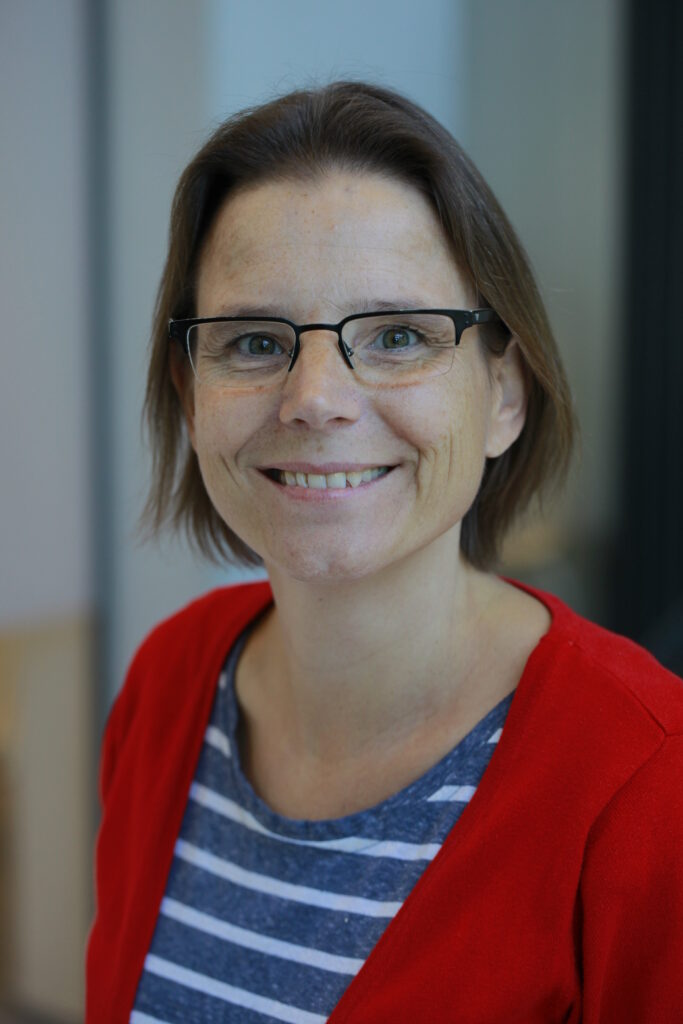“Young people are well aware of what is healthy but their environment must also enable healthy choices,” says food scientist Monica Mars. “How that can be facilitated is best determined with their help.” And that’s precisely the subject of the BigO project and the method, as Mars will explain at the ‘Accelerating cooperation to stop overweight and obesity’ conference on 23 November.
BigO (Big Data against Childhood Obesity) is a Citizen Science project in which young people aged 8 to 18 collected data related to their eating behaviour and personal environment. Using the MyBigOapp on their phones, they took photos in various European countries over a period of two weeks. “We used the app to collect data, for example about what they ate, how much they exercised and what they encountered in food advertisements. But also when and where that occurred,” explains project leader Monica Mars, who is Associate Professor Sensory Science and Eating Behaviour at Wageningen University & Research.
Priorities and interventions
The project recently concluded and Mars and her colleagues are now analysing the data. “The result is a platform with a wealth of data which we can use to research which local factors affect the risk of obesity among youth. This is especially interesting for policy-makers as the data can help them set priorities and decide on effective interventions. For example, if lots of obese children are living in a specific neighbourhood yet the data shows they are exercising sufficiently, there’s no point in investing in more sporting facilities and playgrounds in that area. The key will be to focus on other aspects such as the availability of fast-food outlets.”

Innovative method
“The innovative aspect of the project is the way we collected the data from the perspective of the youngsters themselves,” Mars continues. “They often have a different outlook and opinion on matters which leads them to make different choices. While carting out this research I spent a day with some kids while they were taking pictures. They noticed a large sign shaped like a bag of chips in front of a snack bar, for instance. Whereas they saw this as advertising, I’d passed it by because I was looking at posters and billboards.”
Fast food preferred
Mars hopes that policy-makers will increasingly use the knowledge from these youths. “Although they know full well what is (un)healthy for them and what the bottlenecks are, they sometimes find the temptations in their local environment to be too great. We saw a good example of this in Sweden, where schools serve a free hot lunch. The first graders had their lunch very early and all the kids only had 25 minutes to finish in order that the entire school could have the opportunity to eat. This meant that children with enough pocket money often skipped the school meal and ate their lunch at a fast-food restaurant across the road instead. In the meantime, the school believed it was doing everything it could to provide a healthy meal.”
Effective interventions
“These types of examples show how important it is to involve young people and use this type of data when determining interventions,” Mars concludes. “That is a very good reason for us to share more information about the research method at the ‘Accelerating cooperation to stop overweight and obesity’ conference. We want everyone to be able to learn from it so that we can stimulate healthy behaviour in an effective way together.”
Want to know more about the conference ‘Accelerating cooperation to stop overweight and obesity’? Read the full program here.